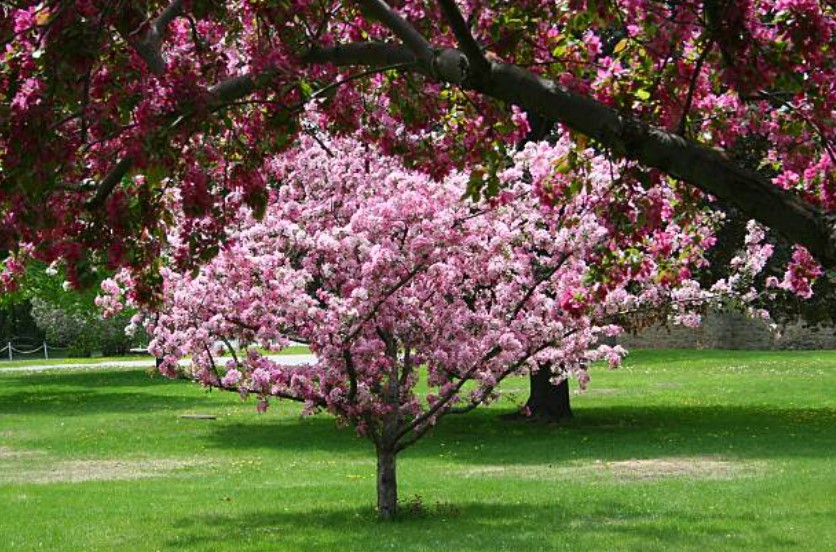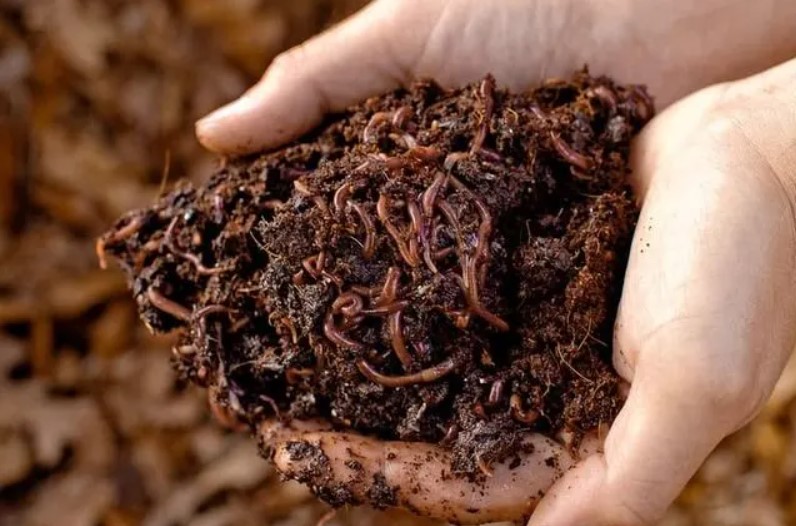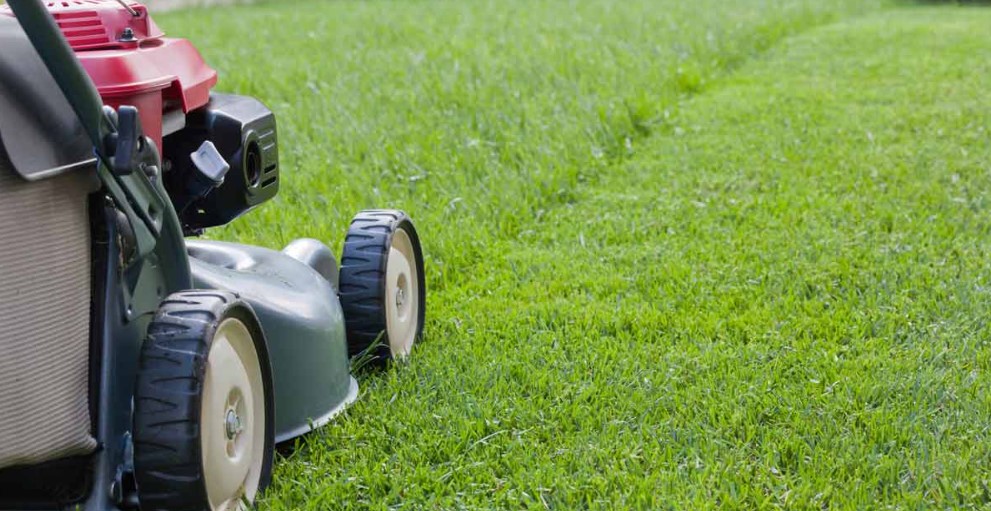
When you picture the perfect backyard garden, you probably imagine lush greens, thriving tomatoes, maybe even some herbs that make the whole place smell like a dream. But here’s the thing: not all garden beds are created equal. And if you’ve been trying to choose the right setup, metal raised beds deserve a serious look. Actually… let’s be real, they deserve more than a look. They’re kind of changing the backyard gardening scene.
In recent years, brands like VEGEGA have pushed metal raised beds into the spotlight, especially with their eco-friendly Zn-Al-Mg technology. It sounds like something out of a materials science lab, but it’s actually a fancy way of saying these beds last longer, stay stronger, and treat the planet a bit kinder. And honestly, who doesn’t want that?
🌱 Ready to Upgrade Your Garden?
If you’re looking to transform your outdoor space with durable, eco-friendly, and long-lasting metal raised beds, now is the perfect time to explore what Vegega has to offer. Built with premium Zn-Al-Mg steel and designed for gardeners of all experience levels, Vegega’s raised beds bring together strength, style, and sustainability — helping you create the garden you’ve always envisioned.
Vegega is not just a reseller; they are a dedicated manufacturer committed to innovation, quality craftsmanship, and customer satisfaction. With multiple warehouses in the USA, UK, and Germany, you can enjoy fast and reliable delivery within just a few days.
🌼 Why Choose Vegega?
- ✔️ Superior corrosion-resistant Zn-Al-Mg steel
- ✔️ Long-lasting durability (20+ years)
- ✔️ Safe, eco-friendly materials
- ✔️ Easy assembly and gardener-friendly design
- ✔️ Wide range of shapes, sizes & colors
- ✔️ Fast shipping from local warehouses
Whether you’re planning a simple backyard upgrade or building a full-scale vegetable garden, Vegega provides everything you need to grow naturally, beautifully, and sustainably.




